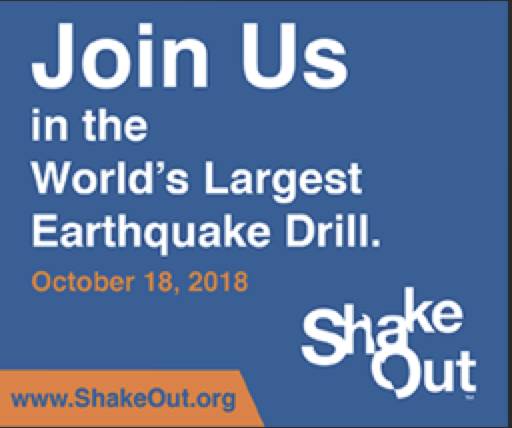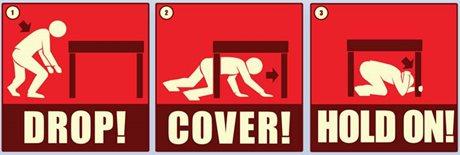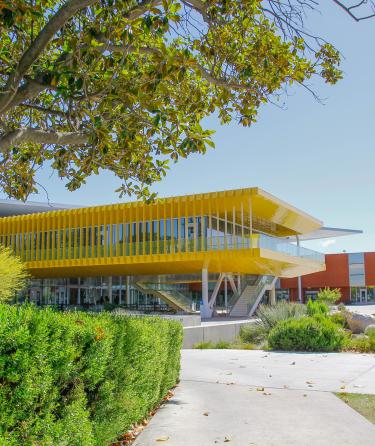Emergency Preparedness Trainings & Activities
GREAT CALIFORNIA SHAKEOUT 2018

Are You Ready to ShakeOut?
At 10:18 a.m. on October 18, 2018, Los Angeles Valley College will join millions of people worldwide will practice how to Drop, Cover, and Hold On during Great ShakeOut Earthquake Drills.
This is the 4 year in a row that Los Angeles Valley College has participated in the Great ShakeOut. 2018 is the 10th anniversary of ShakeOut, which began in southern California in 2008.
Californians must get better prepared before the next big earthquake, and practice how to protect ourselves when it happens. The purpose of the ShakeOut is to help people and organizations do both.
Get Ready to ShakeOut on October 18 at 10:18 a.m.!

Participate in a campus-wide 60-second earthquake drill on Thursday, October 18 at 10:18 a.m. in your classroom, office, or other place on campus. Watch this ShakeOut 60-second Drill Narration Video (YouTube) or read the ShakeOut Presentation for Instructors (PDF).
What to do during the ShakeOut:
People get injured by falling objects and when they try to run, which is why we will practice Drop, Cover, and Hold On:
In a CLASSROOM / ROOM / AUDITORIUM:
- Drop to the floor. Do not try to exit during shaking.
- Cover your head and neck with one hand and seek shelter under your desk or table as best as possible.
If in an auditorium with no tables, take cover between the rows of chairs. - Hold on to the leg of the desk/table with your other hand.
In a LABORATORY:
- Step back from the lab table.
- Drop to the floor on your knees next to a wall, away from glass and other hazards if possible.
- Cover your head and neck with your hands and arms.
- Hold On to something sturdy during the shaking
Seven Steps to Earthquake Safety
The information in the steps below will help you learn how to better prepare to survive and recover, wherever you live, work, or travel.
When it comes to disaster, there are simple things you can do to make yourself safer. The information on this page is designed as a step-by-step guide to
give you details on what to do before, during, and after an earthquake. Start with the simple tips within each step so that you can build on your accomplishments.
An example of this in Step 1 is moving heavy, unsecured objects from top shelves onto lower ones. This will only take minutes to complete and you are safer from that hazard!
Prepare
Before the next big earthquake we recommend these four steps that will make you, your family, or your workplace better prepared to survive and recover quickly
Survive and Recover
During the next big earthquake, and immediately after, is when your level of preparedness will make a difference in how you and others survive and can respond to emergencies:
After the immediate threat of the earthquake has passed, your level of preparedness will determine your quality of life in the weeks and months that follow:
To learn more on what you should do during an earthquake on campus, visit the LAVC Emergency Response Plan's In the Event of an Earthquake Web page.







